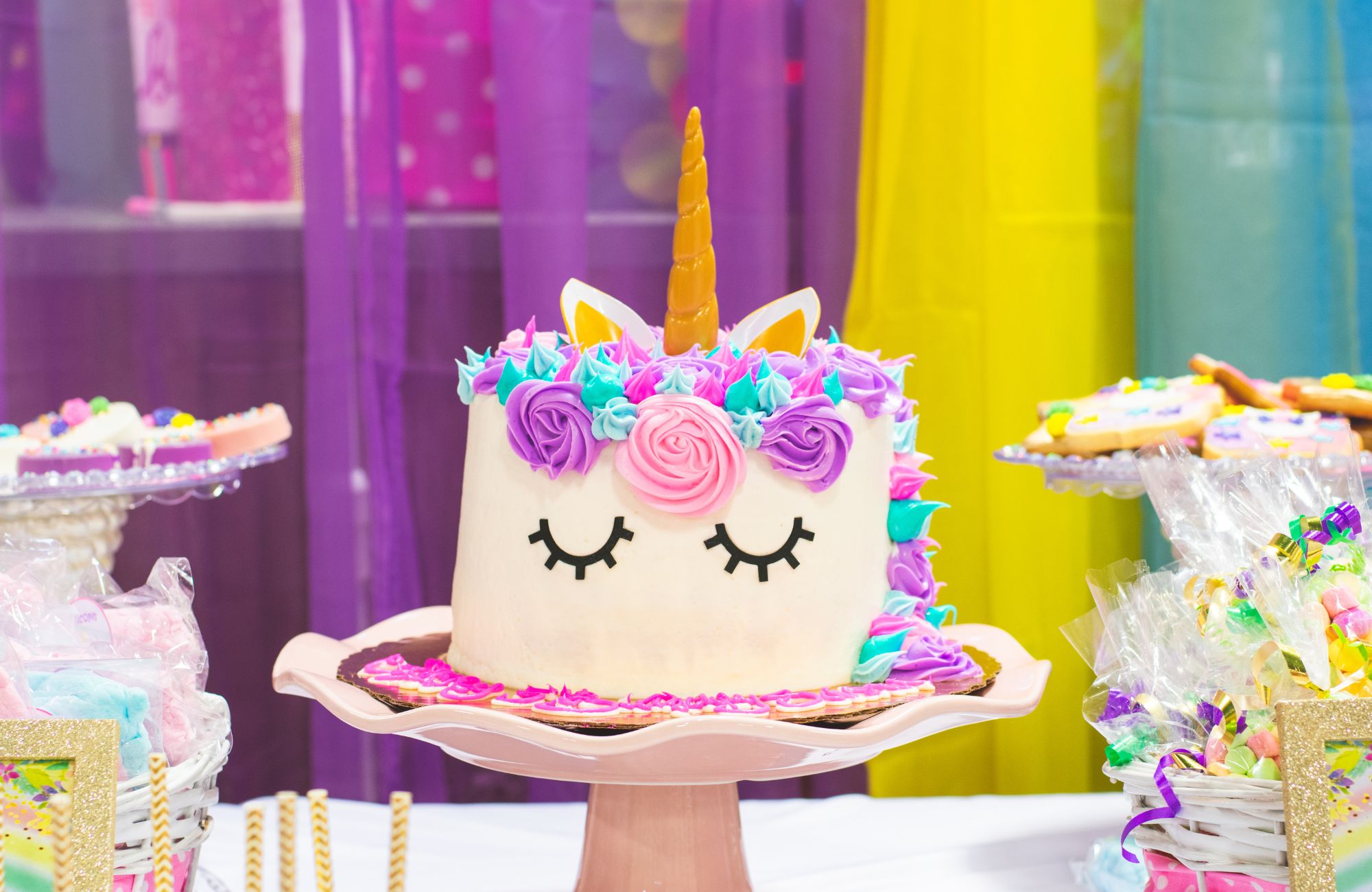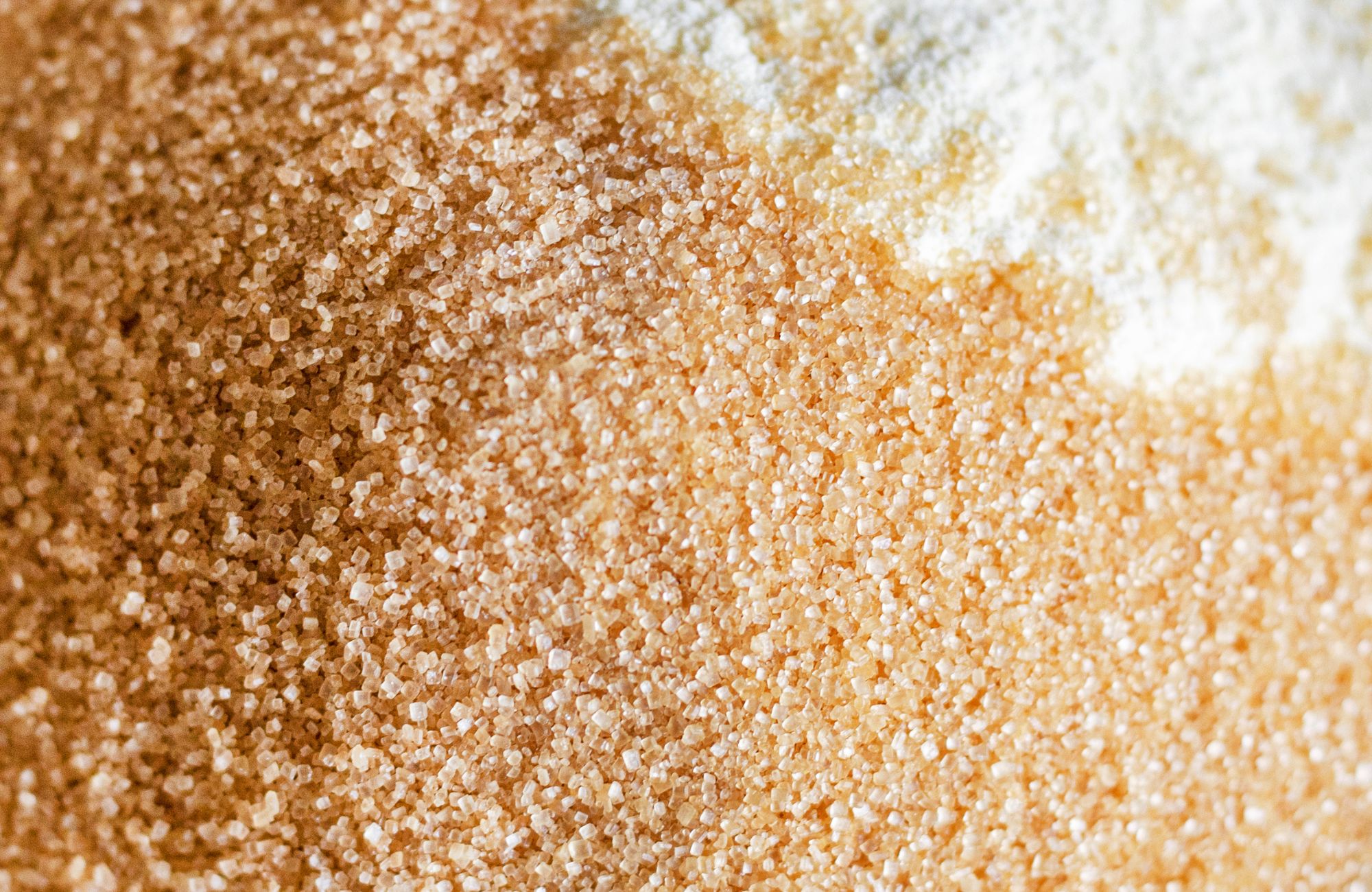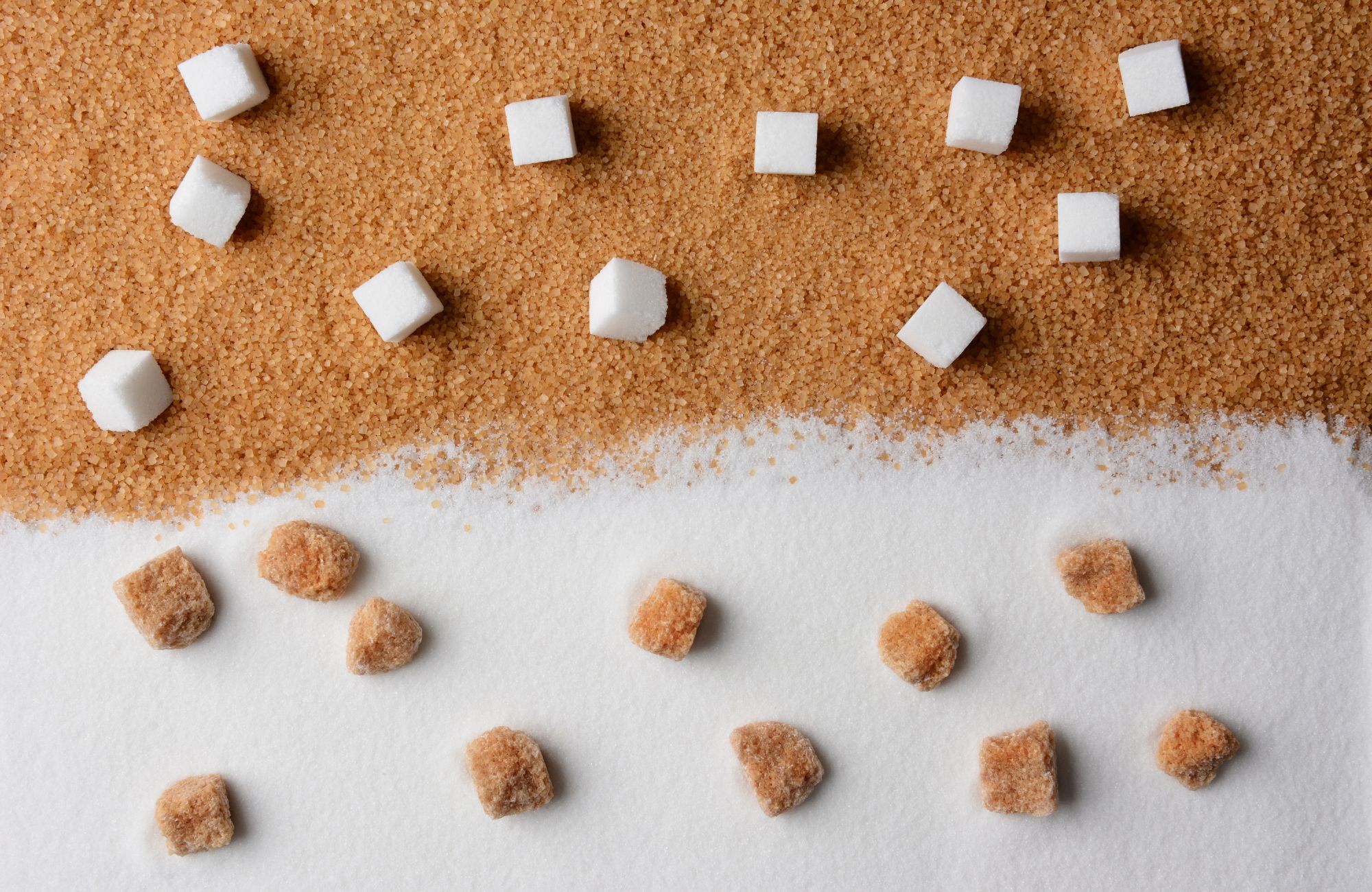
What Does Fondant Taste Like?
Whether planning a dream wedding cake or preparing for a special celebration, many people wonder: “What does fondant taste like?” From its smooth texture to its unique flavor profile, fondant has become a staple in modern cake decorating. While some bakers swear by its versatility and elegant finish, others question its taste and texture. The world of fondant extends far beyond its basic sugar-based composition, offering various types and flavors that can enhance any cake design.
Understanding Fondant
Fondant is more than just a type of icing. It’s a versatile pastry medium that combines sugar, water, and gelatin to create a smooth, pliable covering that can transform ordinary cakes into works of art. While many people focus on its decorative capabilities, understanding its taste is equally important for creating truly memorable desserts.
The Basic Taste Profile
At its core, fondant has a straightforward sweet taste that comes primarily from its main ingredient: sugar. Traditional rolled fondant, the most common type you’ll encounter on wedding cakes, typically offers:
- A clean, sweet flavor profile
- A firm yet smooth texture that melts in your mouth
- A subtle vanilla undertone (in most commercial varieties)
- A milder sweetness compared to buttercream
- A unique mouthfeel that’s different from traditional frosting
Types of Fondant and Their Distinct Flavors
Not all fondant tastes the same. Let’s explore the main types and their unique flavor characteristics:
Rolled Fondant
Rolled fondant, the most common type used for covering cakes, offers a pure, sweet taste with a firm yet slightly chewy texture. It provides a clean finish on the palate and can be enhanced with various flavors, making it a versatile choice for cake decoration. Its adaptable nature allows bakers to customize the taste while maintaining its smooth, professional appearance.
Poured Fondant
Poured fondant, commonly used for petit fours and pastry glazes, delivers a smoother, more delicate sweetness than its rolled counterpart. With a softer texture that melts quickly in the mouth and a glossy finish, it offers a cleaner taste profile that enhances the overall eating experience.
Marshmallow Fondant
Marshmallow fondant is a popular homemade version that wins over even those who typically dislike traditional fondant. It offers a more familiar, approachable taste with a softer, more pleasant texture and a vanilla-forward flavor profile. This variety tends to receive better reviews from cake enthusiasts due to its more appealing taste and texture combination.
Factors That Affect Fondant’s Taste
Several elements influence how fondant tastes:
Quality of Ingredients
Premium ingredients make a noticeable difference in the fondant’s taste and texture. High-quality sugar produces a cleaner, more refined sweetness, while fresh gelatin creates the perfect consistency. Quality corn syrup is equally crucial, as it helps achieve the ideal sweetness level and prevents unwanted crystallization that can affect both taste and texture.
Storage Conditions
How you store fondant directly impacts its taste and usability. Maintaining proper temperature is essential for preserving texture and flavor while controlling humidity prevents surface quality issues. Age is another critical factor – even properly stored fondant can experience taste changes over time, making it important to use within the recommended timeframe.
Application Method
The way fondant is applied significantly influences its taste experience. Thickness plays a crucial role. Too thick can make it overwhelming, while too thin might not provide enough flavor depth. The way you use fondant in layering and rolling can significantly impact the final taste and texture of the cake.
How to Improve Fondant Flavor
While traditional fondant has a basic sweet taste, professional bakers often enhance it with:
- Natural extracts (vanilla, almond, citrus)
- Flavor oils (peppermint, raspberry, orange)
- Cocoa powder for chocolate versions
- Natural food colors (which can subtly affect taste)
Expert Tips for the Best Fondant Experience
Temperature Matters
- Always serve fondant-covered cakes at room temperature
- Store properly to maintain flavor and texture
- Allow chilled cakes to warm up before serving
Thickness Considerations
- Roll fondant thin for better taste balance
- Aim for 1/8 inch thickness for optimal eating experience
- Consider cake-to-fondant ratio
Pairing Suggestions
- Match fondant flavors to cake fillings
- Consider seasonal taste preferences
- Balance sweetness levels
For the best results, remember that fondant taste varies significantly based on quality, preparation, and application. Whether you’re working with Wilton fondant for a home project or creating a professional wedding cake, understanding these flavor principles will help you achieve the best possible taste experience.
Common Taste Issues and Solutions
While fondant can create stunning cake designs, it sometimes presents taste challenges. Here are the most frequent issues bakers encounter and proven ways to overcome them:
Too Sweet
When fondant overwhelms with sweetness, try rolling it thinner to reduce its impact on the overall dessert. Balance the sweetness by pairing it with less sweet cake flavors that provide contrast. Adding a hint of salt can cut through excessive sweetness without being detectable. For additional dimension, incorporate fruit-based fillings that offer tartness to counterbalance the sweet fondant layer.
Tough Texture
Combat tough, unpleasant fondant texture by kneading thoroughly before use to ensure proper softening and even consistency. Add small amounts of glycerin as needed to improve elasticity and softness. Working with fondant at proper room temperature is critical. Too cold and it becomes brittle, too warm and it gets sticky. Make sure to check and adjust moisture content as environmental conditions can quickly affect the fondant’s workability and texture.
Bland Taste
Transform boring fondant by adding high-quality flavoring extracts that complement your cake flavors. Incorporate natural fruit zests for brightness and aromatic notes that enhance the overall experience. Consider switching to marshmallow fondant, which naturally offers a more pleasing vanilla-forward flavor profile. Layer complementary flavors throughout your cake design to create a cohesive and interesting taste experience.
Conclusion
Understanding the fondant’s taste profile is key to creating memorable cakes and pastries. While some may initially hesitate about fondant taste, proper preparation, storage, and flavor enhancement can transform it from a mere decorative element into a delicious part of the dessert experience. With the right approach to preparation and quality ingredients, fondant can be more than just a pretty face in the world of cake decoration. It’s an opportunity to create something both beautiful and delicious.
Ready to elevate your fondant game? At US Sweeteners, we provide premium-quality fondant ingredients and supplies that ensure optimal taste and texture every time. From professional-grade powdered sugar to specialized fondant enhancers, we have everything you need for spectacular-looking and great-tasting fondant. Get a quote from us and start creating better-tasting cakes right away.
FAQs
Does any fondant taste good?
Quality fondant, especially marshmallow fondant and flavored varieties, can taste quite good when properly made using high-quality icing sugar and paired with the right cake, though personal preference plays a big role in whether someone enjoys its taste.
Are you supposed to eat the fondant on a cake?
Yes, fondant is completely edible and designed to be eaten with the cake, though some people choose to remove it based on personal preference. Professional bakers put considerable effort into ensuring fondant not only looks beautiful but tastes good as part of the complete cake experience.
Is fondant chewy?
Fondant has a slightly chewy texture that varies from soft and pliable to moderately firm depending on the type and preparation method. The unique texture comes from its sugar crystallization structure, which gives it enough firmness to hold intricate designs while still remaining pleasant to eat.
How does a fondant cake taste?
A fondant-covered cake tastes like a regular cake with an added sweet, smooth layer that has a unique texture – the fondant itself has a clean, sweet taste that complements the cake and frosting beneath it. When properly made and paired with compatible flavors, the fondant becomes an integral part of the cake’s flavor profile rather than just a decorative element.



Leave a Reply